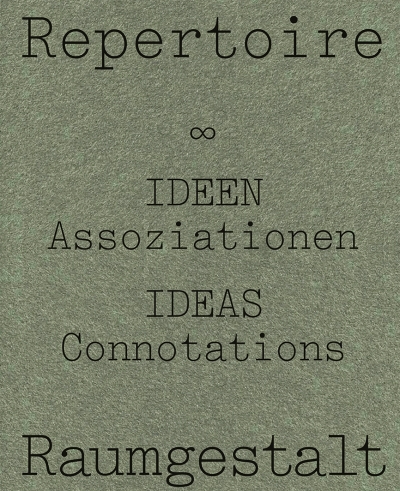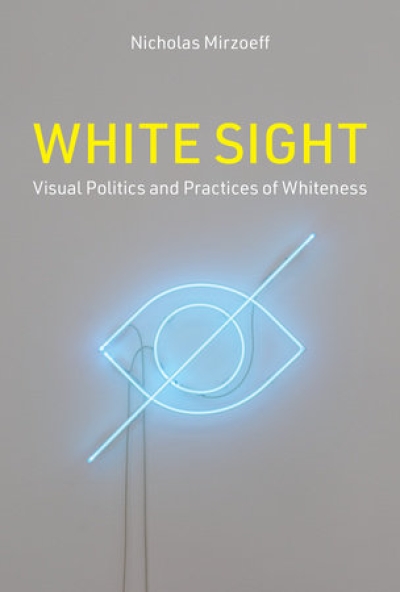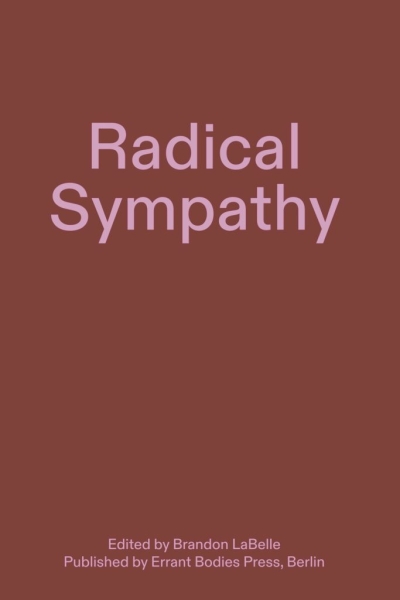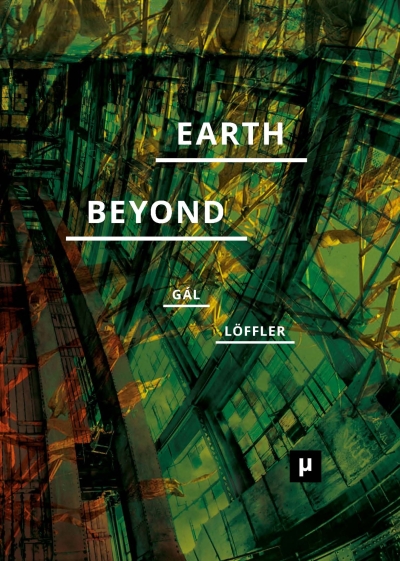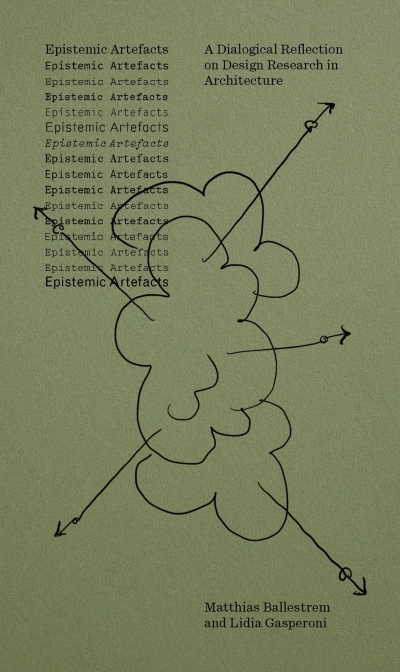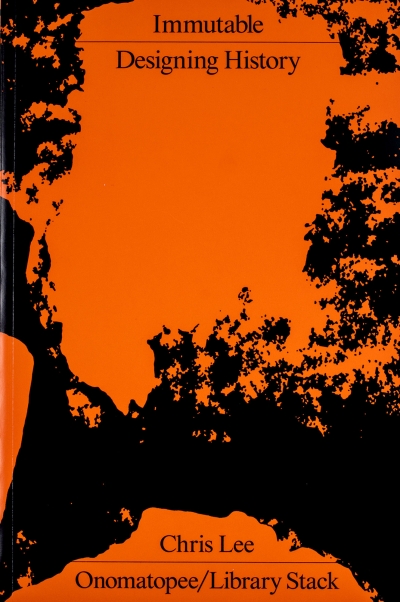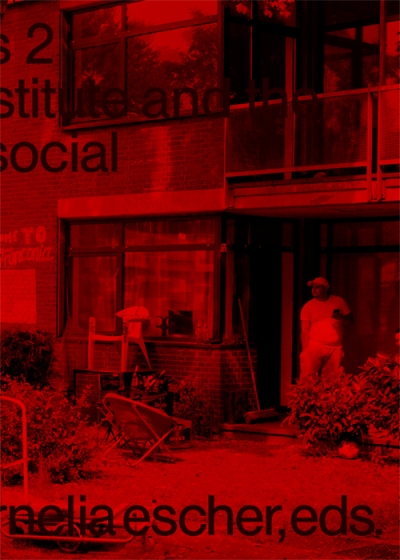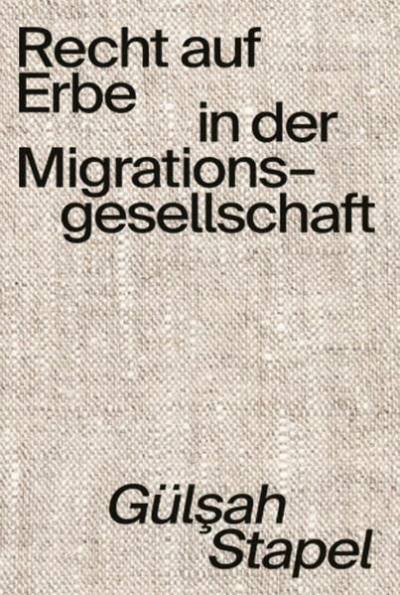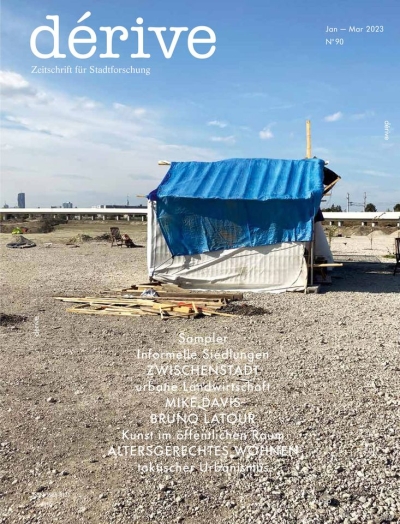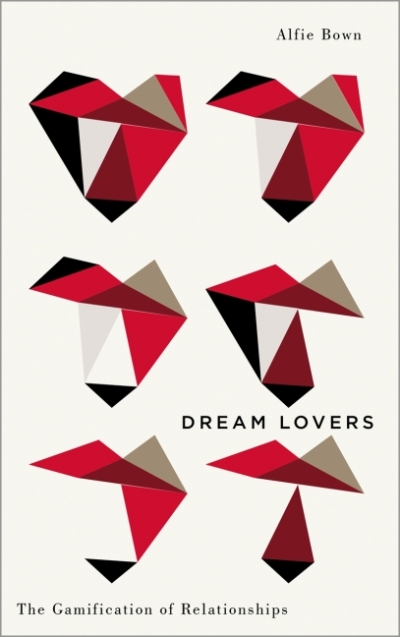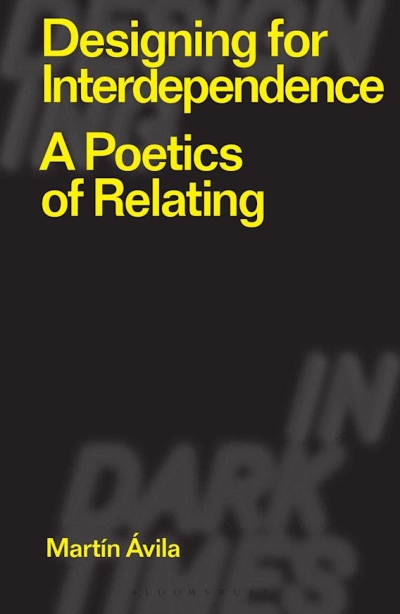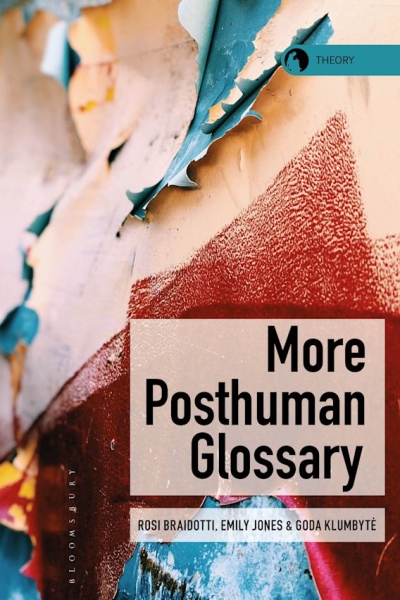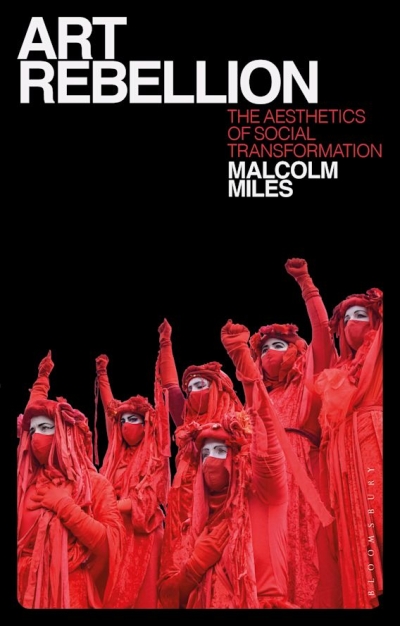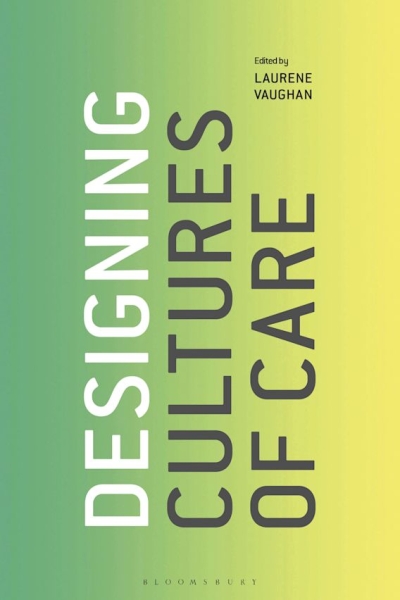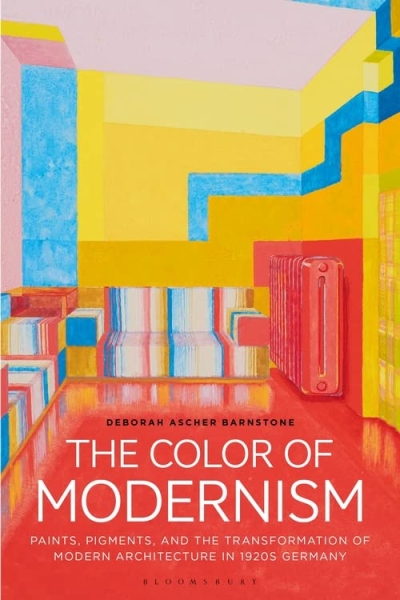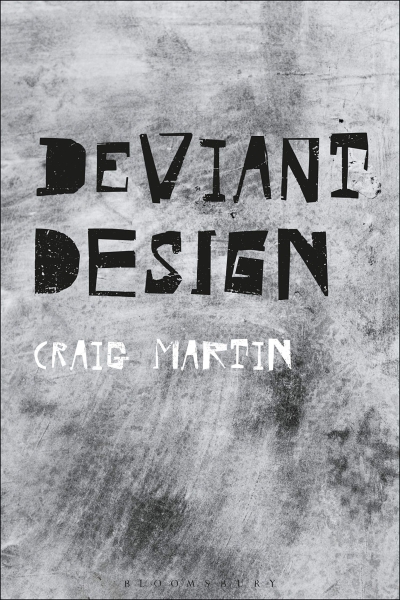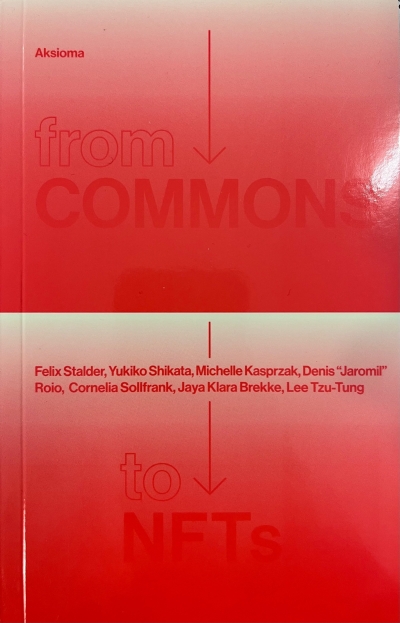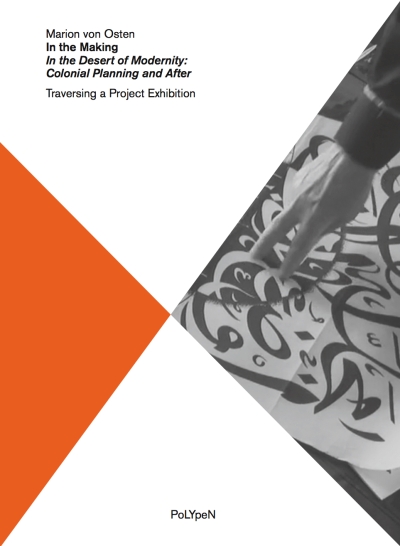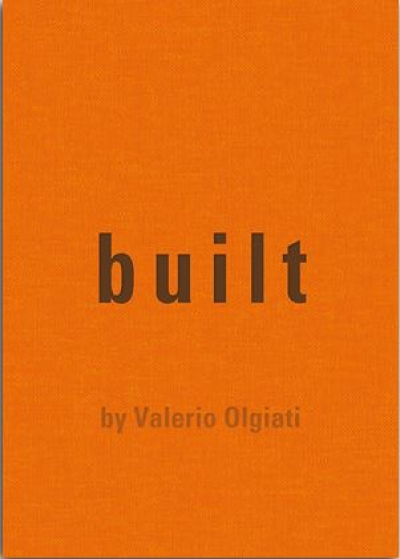
Gwangju Folly II
With follies by David Adjaye & Taiye Selasi, Ai Weiwei, Rem Koolhaas & Ingo Niermann, Raqs Media Collective, Do-Ho Suh, Superflex, Eyal Weizman
Throughout history, follies have been used widely in architecture, visual arts, and literature as a provocation, a frivolous diversion or strategic place of madness and satire freed from the constraints of societal norms. Since their initial inception in landscape gardens, follies have been used as medium or object, oscillating between aesthetic autonomy and social-political potential. Placed in contemporary cities, follies become critical tools to test the constitution and transformative potential of public space.
Revisiting some of these historic sites, a series of eight newly commissioned follies forge links between every day uses and political practice linking contemporary Gwangju and a global political arena. The book takes the form of a glossary, situating the eight new Follies within a broader cultural discourse and presents the projects curated by Nikolaus Hirsch, Philipp Misselwitz, and Eui Young Chun as “foolosophy.”
Foreword by Yongwoo Lee, Texts by Nancy Adajania, Ai Weiwei, Shumon Basar, Franco "Bifo" Berardi, Berry Bergdoll, Joan Didion, Hans Hollein, Hans Ulrich Obrist, Marion von Osten, Philip Ursprung u.a., graphic design by Max Nestor/Surface
Ursprünglich aus dem englischen Landschaftsgarten des 18. Jahrhunderts stammt der Bautypus der »Folly«, wörtlich einer Narretei, also eines nicht ganz ernst gemeinten, häufig funktionslosen Zierbaus, der zumeist als Blickfang diente. Architekten, Künstler und Literaten nutzten Follies als frivole Staffage, als Orte der Satire und des Wahns außerhalb gesellschaftlicher Normen und Zwänge, aber auch als Medium für ihr Streben nach ästhetischer Autonomie und sozialpolitischer Veränderung. In die Stadt von heute transponiert, werden Follies zu Gradmessern für das Transformationspotenzial des öffentlichen Raums. Die Gwangju-Biennale in Südkorea gibt international renommierten Architekten, Schriftstellern und Künstlern alljährlich dazu Gelegenheit. Der Band präsentiert die acht neuen Follies in Form eines Glossars und stellt die von Nikolaus Hirsch, Philipp Misselwitz und Eui Young Chun kuratierten Projekte als »foolosophy« in einen umfassenden kulturellen Kontext.























































